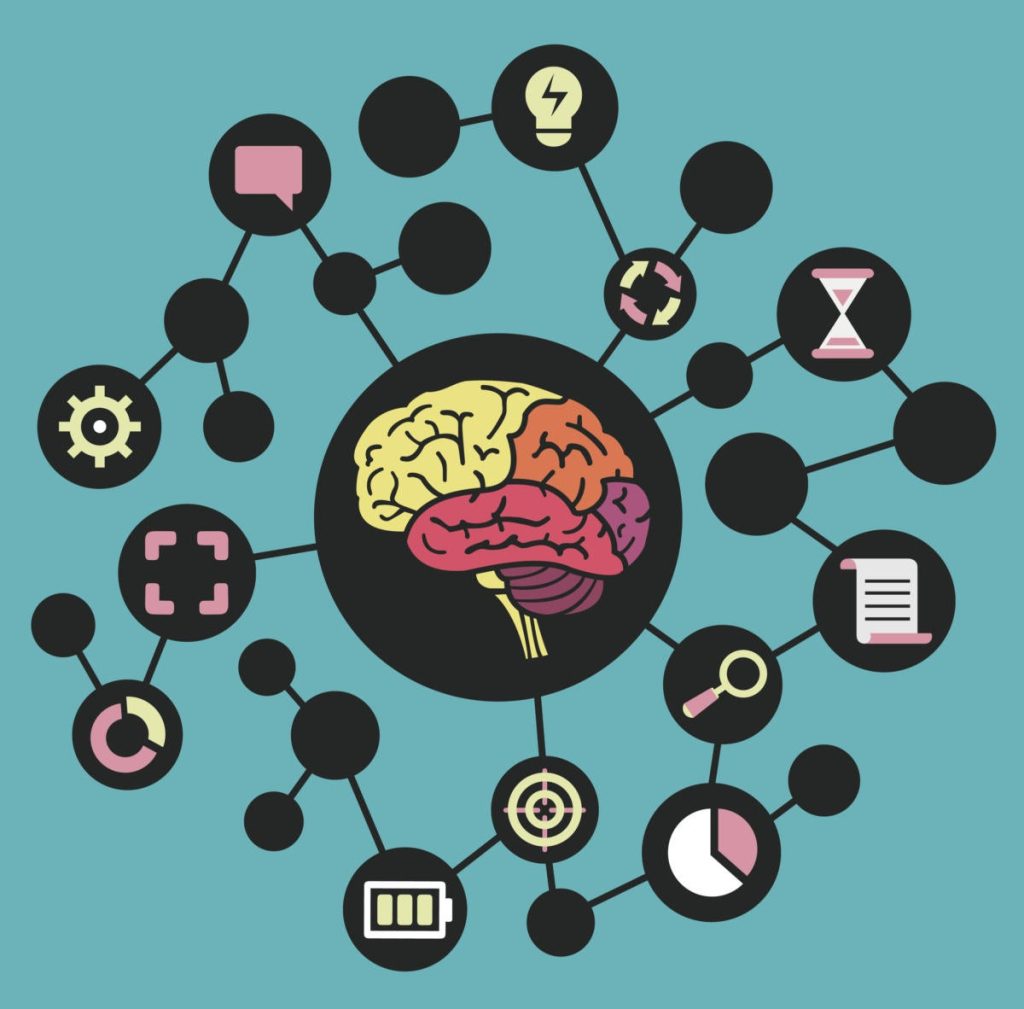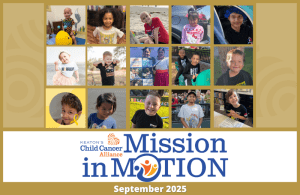
Journaling is a Well Known Emotional Coping Tool
It’s helpful for our families to have a place to write down the events of the day, so they can remember important milestones, but also to express their feelings, thoughts, and questions. However, writing in journal form is not for everyone, especially younger kids where writing sentences could be daunting. This is where using the concept of a mind map, often used for brainstorming and planning, can come in.
Mind maps have a central focus or circle. This is the main topic. Then it has lines that come out from that topic into points or sub-categories to break that topic down even more. And it continues to grow, much like a web. It can usually involve one or two words to make a point or full sentences, depending on the person doing it and the needs at the time. It’s just a different way of organizing the information, so it can be easier to process.
The basic lay out of mind mapping style can help simplify a lot of that, making it easier for youth (and adults) to focus less on the act of writing, and more on sorting out their thoughts. In a blog post about How Mind Mapping can help young people think more creatively, Asa Jomard, a professional counselor specializing in parent and child development said this, “Thoughts swirl around in a child’s head all the time, yet thoughts are tricky to capture. Just like jellyfish swim without any knowledge of how they swim, many of us think without any deeper insight into how we think. Mind Mapping is a tool that can be used by young people, even pre-school children, to visually explore and develop their own thinking”.
Why don’t you give it a try? Here is a downloadable mind map sheet to get you started. You can also make it yourself on any paper, using any prompt on the inside that you would like.
Additional Mind Mapping Resources:



